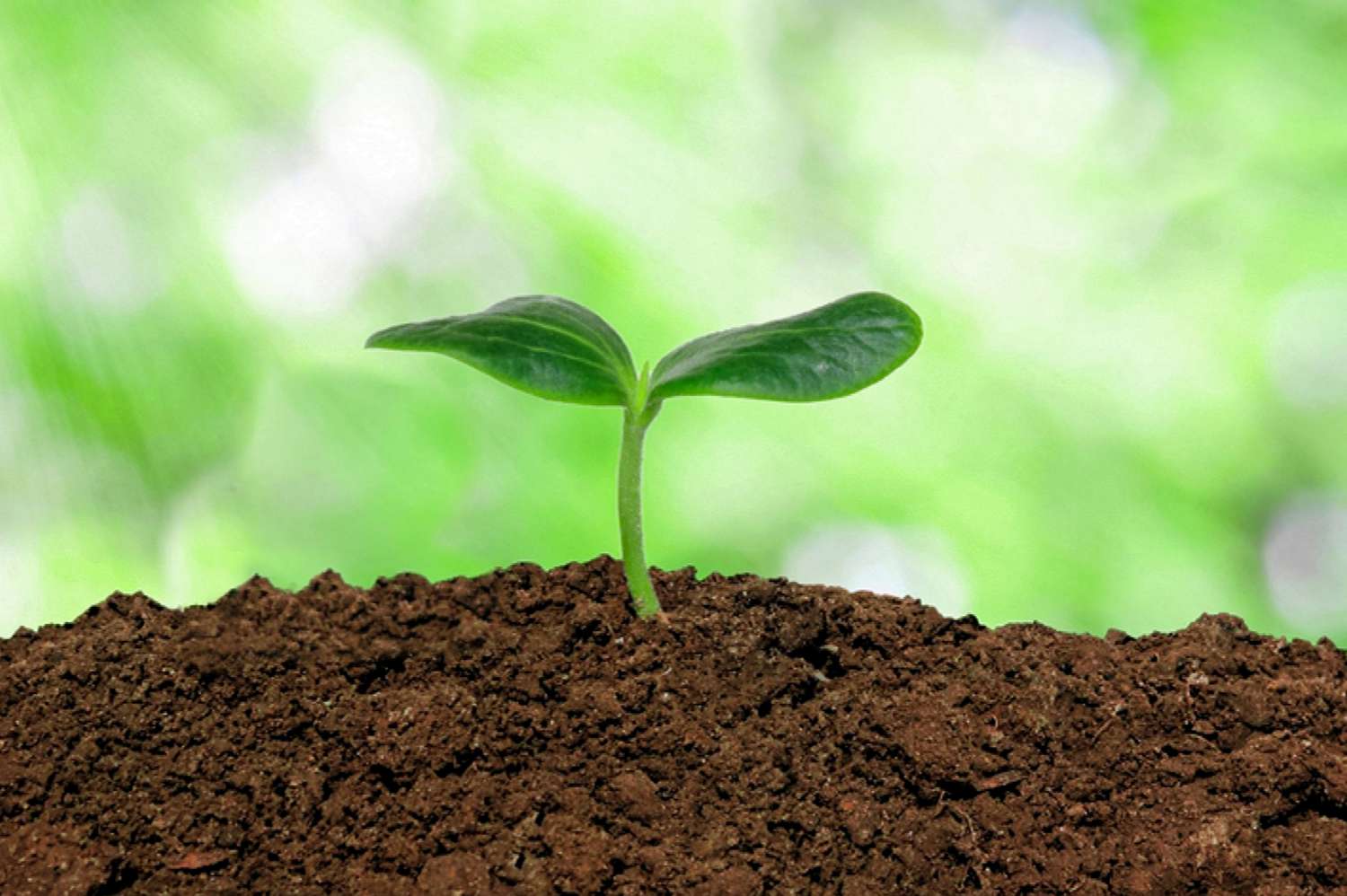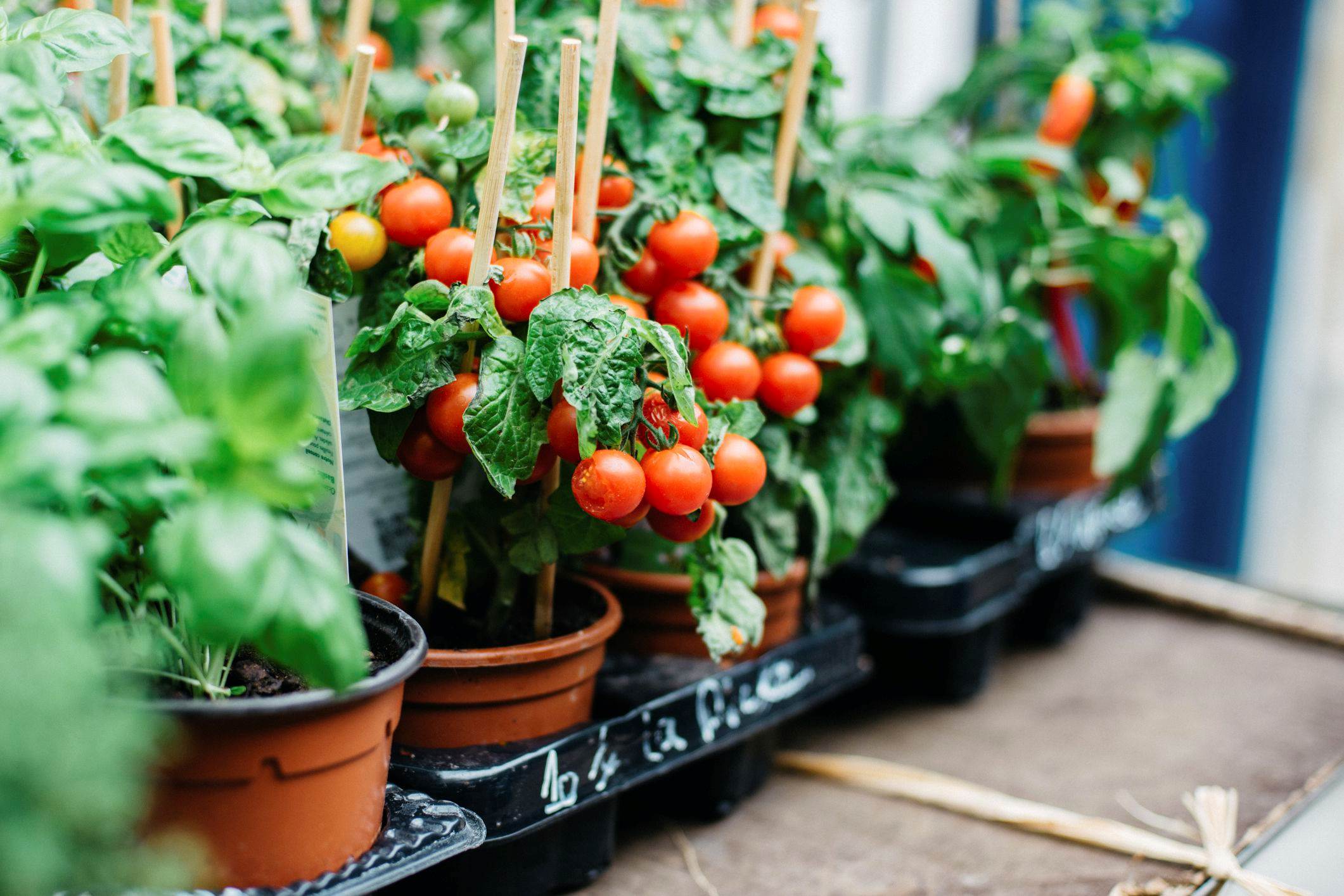Home>Gardening Basics>Understanding Soil>What Is Potting Soil


Understanding Soil
What Is Potting Soil
Published: February 9, 2024
Learn about the importance of potting soil and its role in gardening. Understand the characteristics and composition of soil for successful plant growth. Discover more with our comprehensive guide.
(Many of the links in this article redirect to a specific reviewed product. Your purchase of these products through affiliate links helps to generate commission for Chicagolandgardening.com, at no extra cost. Learn more)
Table of Contents
Introduction
Introduction
Potting soil is a fundamental component in gardening that plays a crucial role in the growth and development of plants. Also known as potting mix or container media, potting soil is specifically formulated to provide an ideal environment for plants to thrive in pots, containers, or other confined spaces. This specialized soil blend is designed to offer optimal support for root systems, moisture retention, and essential nutrients, fostering healthy plant growth in a controlled environment.
Whether you are an avid gardener or a novice plant enthusiast, understanding the significance of potting soil is essential for successful container gardening. In this article, we will delve into the composition, functions, and selection criteria of potting soil, shedding light on its pivotal role in nurturing vibrant and flourishing plants. By exploring the intricacies of potting soil, you will gain valuable insights into how this vital component can elevate the health and vitality of your potted plants, transforming your gardening endeavors into a rewarding and fulfilling experience.
Composition of Potting Soil
Understanding the composition of potting soil is essential for comprehending its role in supporting plant growth. A well-balanced potting mix typically consists of a blend of organic and inorganic materials, each contributing to the overall structure and nutrient content of the soil. Organic components, such as peat moss, compost, and coconut coir, serve as the primary sources of nutrients and aid in moisture retention, promoting a favorable environment for root development.
Furthermore, inorganic additives like perlite, vermiculite, and sand are incorporated to enhance aeration, drainage, and structural stability within the potting soil. These components prevent compaction, facilitate air circulation, and prevent waterlogging, all of which are crucial for maintaining optimal root health. Additionally, the inclusion of fertilizer components such as lime, bone meal, or other slow-release nutrients ensures that plants receive essential nourishment throughout their growth cycle.
It is important to note that the composition of potting soil can vary based on the specific requirements of different plant species. Some plants may thrive in a more porous and well-draining mix, while others may necessitate a higher organic content for moisture retention. By understanding the diverse components that constitute potting soil, gardeners can tailor their soil blends to meet the unique needs of various plants, thereby optimizing their growing conditions and overall health.
Functions of Potting Soil
Potting soil serves a multitude of crucial functions that are integral to the successful cultivation of plants in containers. One of its primary roles is to provide a stable and supportive medium for plant roots to anchor and expand, enabling efficient uptake of water, nutrients, and oxygen. The soil’s composition, characterized by a balanced blend of organic and inorganic materials, facilitates aeration and moisture retention, creating an optimal environment for root proliferation and overall plant health.
Furthermore, potting soil acts as a reservoir for essential nutrients, ensuring that plants have access to the vital elements necessary for robust growth. The inclusion of organic matter and slow-release fertilizers in the soil composition sustains a steady supply of nourishment, promoting healthy foliage, vibrant blooms, and robust fruiting in fruit-bearing plants.
In addition to providing structural support and nutrients, potting soil also plays a crucial role in regulating moisture levels. The soil’s ability to retain adequate moisture while allowing excess water to drain prevents waterlogged conditions that can lead to root rot and other detrimental issues. This balance in moisture management is essential for preventing plant stress and maintaining optimal physiological functions.
Moreover, potting soil serves as a buffer against external temperature fluctuations, shielding plant roots from extreme heat or cold. The insulating properties of the soil protect delicate root systems, fostering resilience and stability in the face of varying environmental conditions.
Overall, the functions of potting soil encompass nurturing root development, providing essential nutrients, regulating moisture levels, and safeguarding plants from temperature extremes, collectively contributing to the overall health and vitality of container-grown plants.
Choosing the Right Potting Soil
When selecting potting soil for your container plants, it is essential to consider various factors to ensure that the soil meets the specific needs of your plants and the growing environment. The first step in choosing the right potting soil is to assess the requirements of the plant species you intend to cultivate. Different plants have distinct preferences for soil composition, drainage, and nutrient levels, and tailoring the potting mix to align with these preferences is crucial for optimal growth.
For plants that thrive in well-draining conditions, such as succulents and cacti, a potting mix enriched with perlite or coarse sand is ideal, as it promotes excellent drainage and prevents waterlogging. Conversely, moisture-loving plants, such as ferns and tropical foliage, benefit from potting soil with a higher organic content, such as peat moss or coconut coir, to retain adequate moisture.
Another vital consideration when choosing potting soil is the nutritional requirements of the plants. Some potting mixes come pre-fertilized, containing slow-release nutrients that sustain plant growth over an extended period. Alternatively, gardeners can opt for organic potting soil and supplement it with their preferred organic or synthetic fertilizers based on the specific needs of their plants.
Furthermore, the physical texture and structure of the potting soil play a pivotal role in supporting plant growth. A well-aerated and loose potting mix facilitates root development and allows for proper air circulation, fostering healthy root systems. It is essential to avoid compacted or overly dense soil, as it can impede root growth and lead to waterlogged conditions.
Considering the environmental factors that impact plant growth, such as sunlight exposure and outdoor temperature fluctuations, is also crucial when selecting potting soil. For outdoor container gardening, choosing a potting mix with good insulating properties can protect plants from extreme temperature variations, ensuring their resilience in diverse weather conditions.
In essence, choosing the right potting soil involves understanding the specific needs of the plants, considering drainage and moisture retention requirements, evaluating nutritional aspects, and accounting for environmental factors to create an optimal growing environment for container plants.
Conclusion
As an essential component in container gardening, potting soil plays a pivotal role in nurturing healthy and thriving plants. Its carefully balanced composition of organic and inorganic materials, coupled with its diverse functions, underscores its significance in creating an optimal environment for root development, nutrient uptake, and moisture regulation.
By understanding the composition and functions of potting soil, gardeners can make informed decisions when selecting the most suitable soil blend for their container plants. Tailoring the potting mix to align with the specific requirements of different plant species ensures that each plant receives the necessary support for robust growth and vitality.
Choosing the right potting soil involves a thoughtful consideration of factors such as drainage, moisture retention, nutrient levels, and environmental conditions, all of which contribute to creating an ideal growing medium for container plants. Whether cultivating succulents, flowering plants, or edible crops in containers, the selection of appropriate potting soil is fundamental to fostering a thriving and flourishing garden.
In essence, potting soil serves as the foundation for successful container gardening, providing the essential elements that support plant health and vitality. By embracing the nuances of potting soil composition and its multifaceted functions, gardeners can embark on a rewarding journey of nurturing vibrant and resilient plants within confined spaces, enriching their gardening experiences and yielding bountiful and beautiful results.


